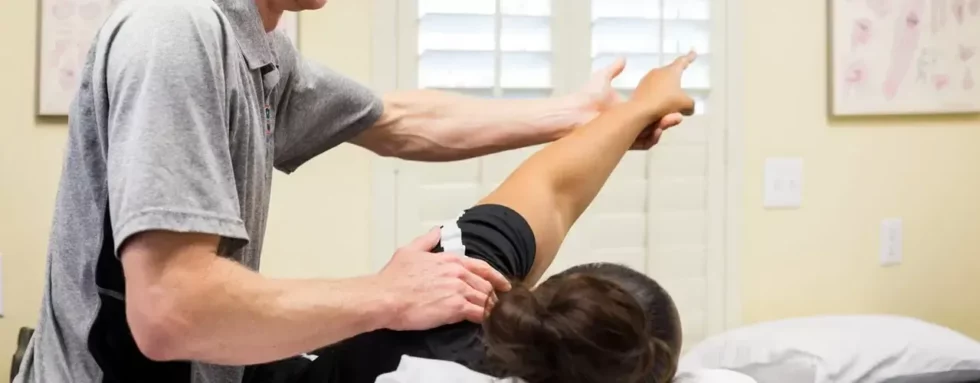Exercise Stretching in Pensacola

Exercise Stretching Optimized for Physical Therapy
Physical therapy (PT) plays an integral role in the recovery and rehabilitation of individuals with injuries, surgeries, or chronic conditions. A cornerstone of many PT programs is the inclusion of targeted stretching exercises. These stretches, when optimized for the individual’s needs, can expedite recovery, improve flexibility, and reduce pain. Understanding the dynamics of exercise stretching within the realm of physical therapy can provide patients and practitioners alike with tools for more effective rehabilitation.
Why Stretching Matters in Physical Therapy
Promotion of Healing and Recovery: When injured tissues are immobile for extended periods, they can become stiff and weak. Stretching promotes blood flow to these areas, delivering essential nutrients to support tissue repair.
Increased Flexibility: Stretching can increase the length of muscles and tendons, promoting a greater range of motion. This is particularly vital for patients recovering from injuries that have reduced their mobility.
Pain Reduction: Tight muscles can exacerbate pain, especially around joints. By promoting relaxation and elongation of these muscles, stretching can often offer relief.
Key Principles for Optimizing Stretching in Pensacola
Individualized Approach: Just as no two injuries are identical, no two stretching regimens should be the same. An optimized stretching program takes into account the patient’s unique needs, challenges, and goals.
Progressive Overload: Gradually increasing the intensity and duration of stretches can help tissues adapt and grow stronger. However, this must be done judiciously to avoid re-injury.
Consistency is Key: Regular, consistent stretching often yields the best results. This consistency helps maintain flexibility gains and supports ongoing healing.
Focus on Form: Incorrect form not only diminishes the effectiveness of a stretch but can also introduce the risk of further injury. PTs should emphasize proper technique and ensure that patients understand the mechanics of each stretch.
Types of Stretches Optimized for Physical Therapy in Pensacola
Static Stretching: This involves holding a stretch in a comfortable position for a specific duration, usually 15-60 seconds. It’s often used to improve overall flexibility and is generally safe and effective for most patients.
Dynamic Stretching: Unlike static stretches, dynamic stretches involve movement. They are usually performed in a controlled manner and can be particularly beneficial before engaging in more rigorous physical therapy exercises.
PNF (Proprioceptive Neuromuscular Facilitation) Stretching: This advanced technique involves contracting and relaxing the muscles being stretched. Often performed with the assistance of a PT, PNF stretching can offer rapid gains in flexibility.
Ballistic Stretching: This involves bouncing movements to push a body part further into the stretch. Due to its aggressive nature, it’s less commonly used in PT and requires careful supervision.
Implementing a Stretching Routine in Physical Therapy
When integrating stretching into a physical therapy regimen, several factors should be considered:
Assessment: Begin with a thorough evaluation to understand the patient’s specific needs and limitations. This ensures that the chosen stretches align with their rehabilitation goals.
Warm-Up: Before any stretching session, it’s essential to warm up the body. This can be achieved through light aerobic exercises like walking or cycling. A warm body is more pliable, reducing the risk of injury during stretching.
Communication: Always maintain open communication between the therapist and patient. Feedback regarding pain, discomfort, or any unusual sensation can help adjust the stretches appropriately.
Variation: To prevent plateaus in progress and keep the patient engaged, introduce variation in the stretching routine. This not only challenges different muscle groups but also makes the process less monotonous.
Cool Down: After stretching, engage in a brief cool-down period. Gentle movements and deep breathing can help transition the body from an active to a relaxed state.


